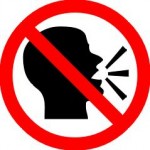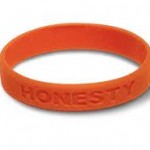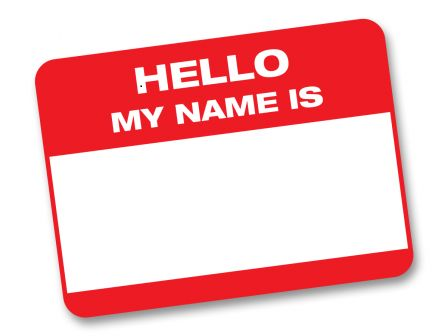What does your face say?
 Actress, Andie MacDowell, and romantic interest of Hugh Grant in Four Weddings and a Funeral in Sunday NYT, says: “If you carry around anger and ugly emotions your face will show it.” She calls it keeping control of her monkey mind.
Actress, Andie MacDowell, and romantic interest of Hugh Grant in Four Weddings and a Funeral in Sunday NYT, says: “If you carry around anger and ugly emotions your face will show it.” She calls it keeping control of her monkey mind.
I also believe your face will show sadness, unfriendliness and friendliness. Unfortunately, the majority of those in today’s business world are not showing the face of engagement.
Begin the day with an attitude of excitement while keeping in mind that the purpose is to have a happy day. If you are not sure what your face is showing, stop by a mirror and take a quick. What does it say? Is that what you want it to say?












